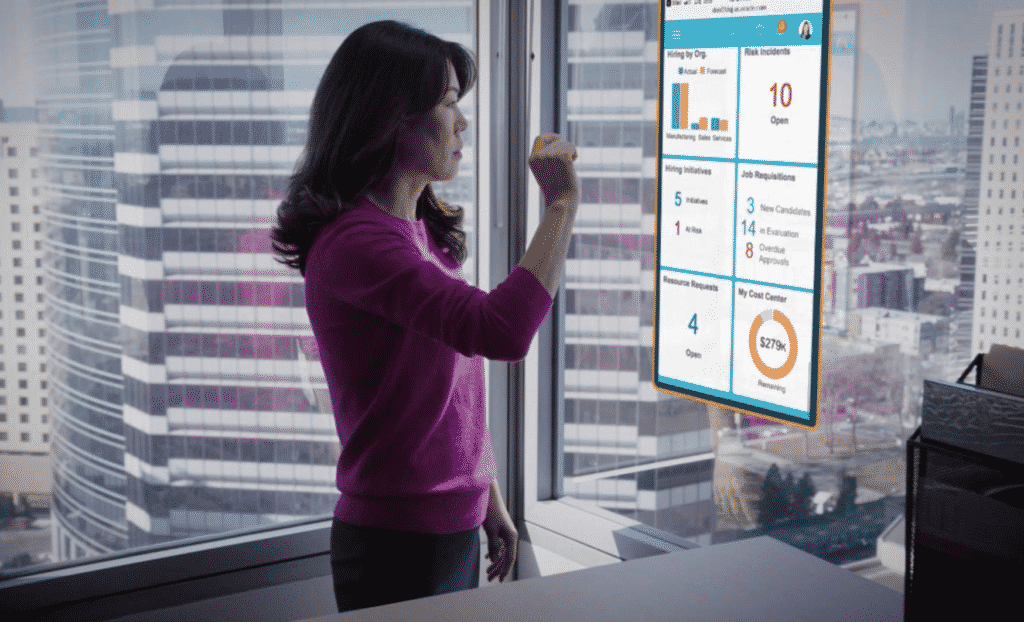Now that the businesses worldwide have adapted to the new normal, many employers have realized that the old playbooks are now broken and the outdated tools, technologies, and processes no longer address the business needs.
As the remote working model gains more feet with the worsening state of the COVID-19 crisis across the world, businesses seem to be confused about adding more workforce or adopting a strategy to fuel productivity anyhow to be able to survive this global economic crisis. There’s a huge necessity to eliminate clunky systems and workflows from the people operations management to help your team focus on more strategic and impactful initiatives. Companies failing at this will have to risk extinction.
#1 Is it better than your legacy system?
Most HR folks complain of manual and tedious processes yet so many SMBs fail to part with their favorite legacy systems. They want to use the same process and tools they’ve always used it. When you assess new HR vendors, it’s then you’re able to identify the gaps in your existing system. It will then make more sense to acknowledge that there’s a need to introduce a new system that would streamline workflow with the help of– HR, Benefits, worker’s compensation and Payroll Software on one platform while helping unlock a happier workplace.
It’s important to note here that your existing process is defined by the limitations of the legacy tools and systems you use currently. Hence, it’s critical than ever to address this gap and be ready to embrace a new HR platform that will help you achieve tangible business outcomes and infinite employee engagement.
#2 Does it save your time and resources?
HR automation software makes employees more productive and businesses more efficient. Time is money. Legacy systems largely depend on system administrators. These systems more often fail to cater to the diverse needs of employees. However, if you deploy a self-service HR automation platform, it cuts down the many steps from the process and frees up a lot of team for your team. Your team can utilize this precious time in focusing on more strategic employee-centric initiatives. Employees often find it as a simple and easy-to-use platform to collaborate with each other. Any change made therein automatically syncs with the rest of employee data, benefits, payroll, and workers’ compensation.
If the HR team uses such an all-in-one HRIS, benefits, payroll, and workers’ compensation solution, all these facets of people’s operations management are streamlined in one fell swoop. It’s a big win for the organization.
#3: Key questions on the demo call
Watching a demo gives you the first-hand view of the software and evaluates whether they addresses your need(s). Software salespeople are well trained to avoid talking about pitfalls of their software during the demo call. It can be disastrous for your organization to discover the software pitfalls in the implementation stage or later. So, it’s best to ask for a demo call during the HR automation software evaluation process. If the vendor is not confident about offering you a trial, it’s a red flag. And, you are more likely to have post-sale surprises. A good demo enables you to ask pertinent questions based on your potential needs and experience with past software that you might have used.
If an HR automation platform answers all the above questions to your satisfaction, it’s time to get started today.

